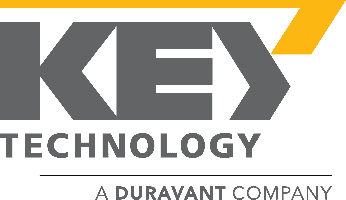How to Optimize Your Equipment for Efficient Food Processing
In the competitive realm of food production, optimizing your equipment for efficient food processing is paramount for ensuring both productivity and quality. Properly calibrated and maintained equipment can significantly reduce production costs while enhancing output and food safety. This guide aims to provide actionable insights on how to effectively align your equipment food processing techniques with industry best practices.
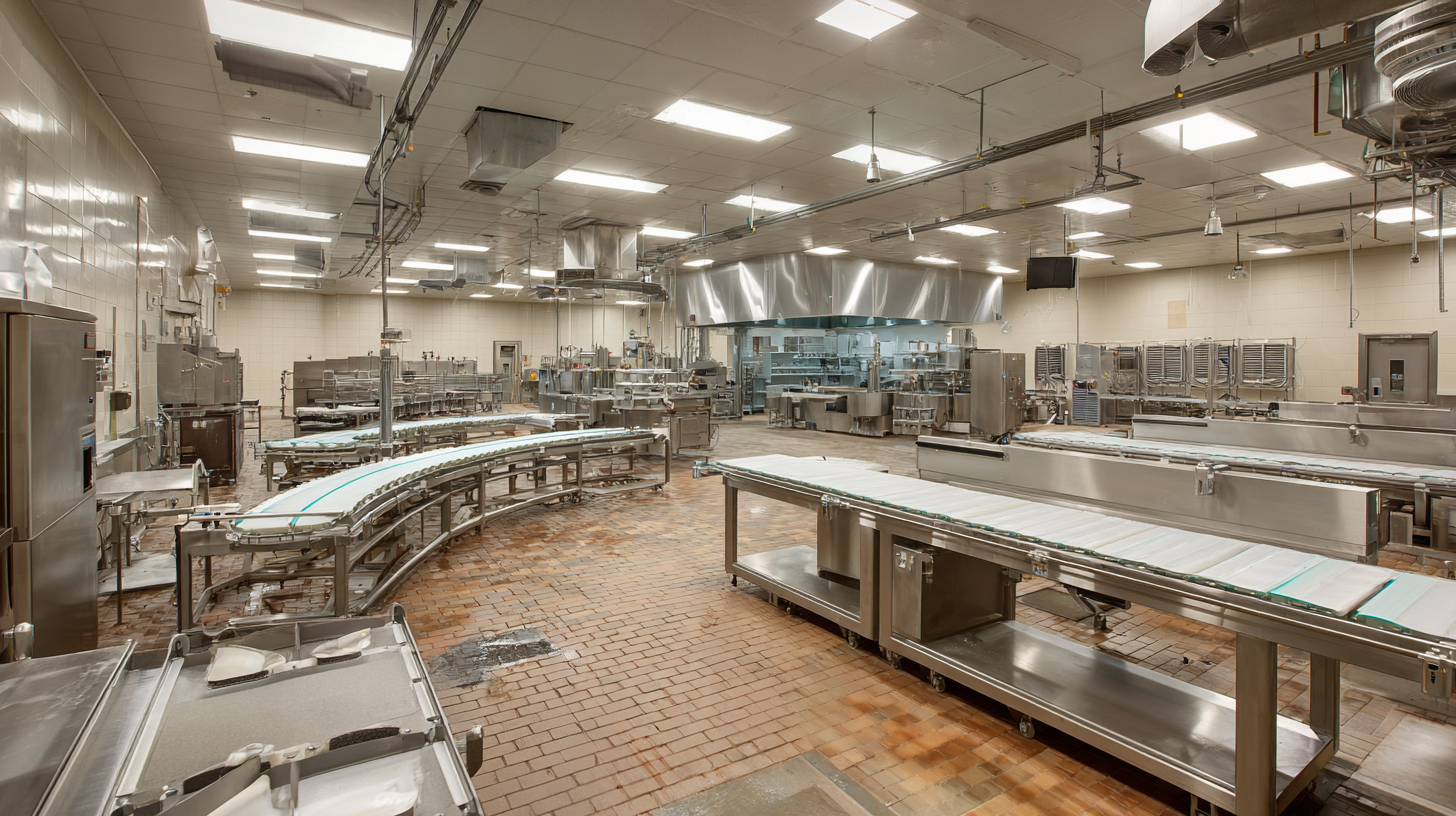
By examining key strategies such as regular maintenance schedules, innovative processing methods, and the integration of modern technology, you can transform your operations to achieve maximum efficiency. Whether you are a small-scale producer or part of a large manufacturing operation, these techniques will help streamline your processes, reduce waste, and ultimately contribute to a more sustainable food supply chain.
Let’s dive into the essential steps to elevate your food processing endeavors through optimized equipment.
Understanding Your Current Equipment Capabilities
Understanding your current equipment capabilities is crucial for optimizing operations in food processing. To start, it’s important to conduct a thorough assessment of your existing machinery and technology. This involves evaluating the efficiency, output, and compatibility of your equipment with new processes or technologies. For instance, implementing artificial intelligence can enhance decision-making and streamline resource orchestration in manufacturing settings, allowing food processors to better align their operations with market demands.
**Tips: Regular Maintenance**
Performing routine maintenance can significantly enhance the performance and longevity of your equipment. Scheduling regular check-ups ensures that any issues are detected early, minimizing downtime and boosting productivity.
Furthermore, training your workforce to fully utilize the current capabilities of your equipment can lead to greater efficiency. Employees who understand the nuances of the machinery will be able to maximize its potential, leading to increased productivity and innovation in food processing practices.
**Tips: Invest in Employee Training**
Investing in comprehensive training programs can empower your staff to utilize machinery effectively, thereby optimizing production processes and reducing waste.
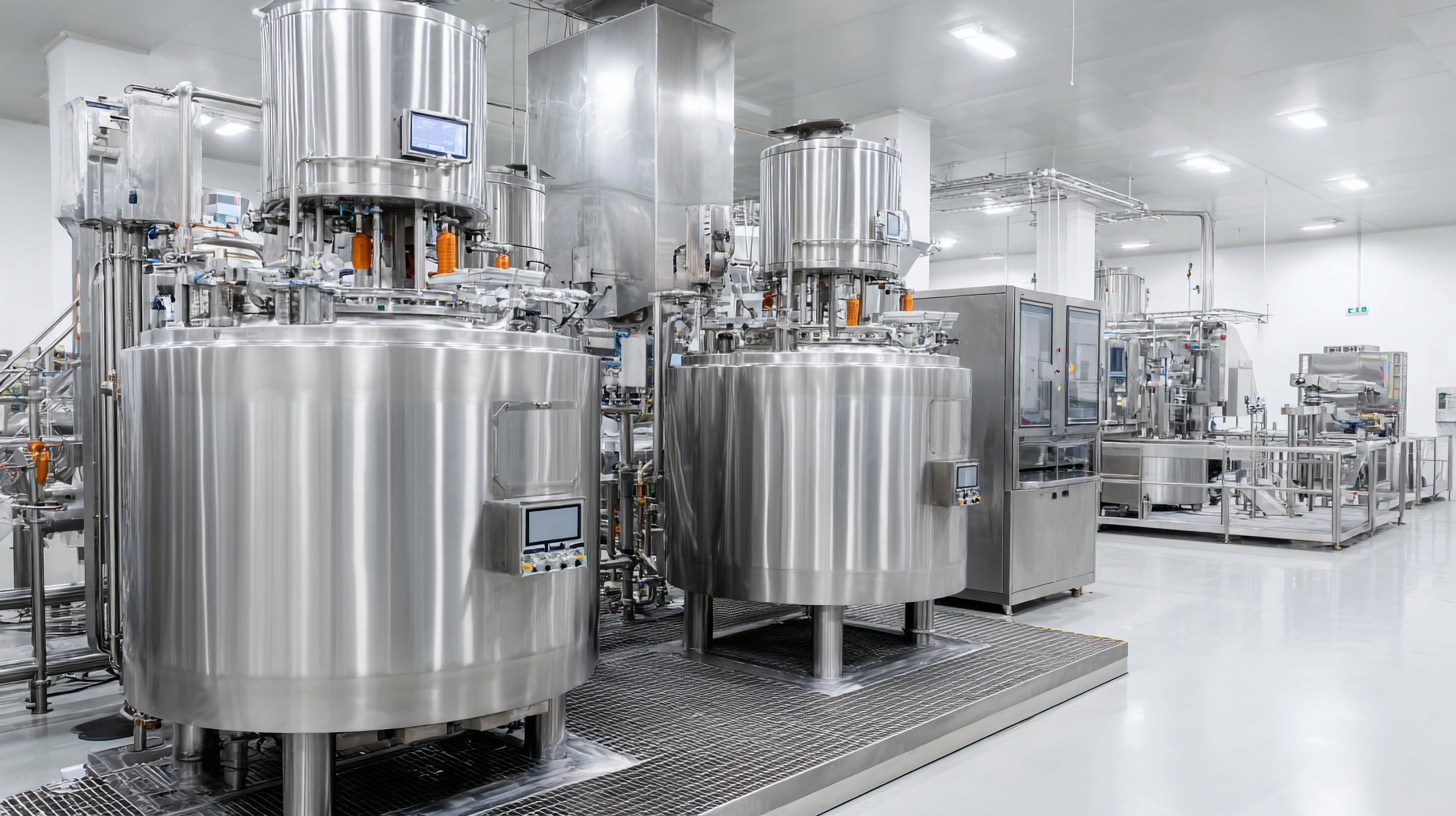
Identifying Bottlenecks in Food Processing Operations
Identifying bottlenecks in food processing operations is crucial for enhancing efficiency and ensuring smooth workflow. A bottleneck typically occurs at any stage where the operational capacity is limited, resulting in delays and increased wait times. Common causes include insufficient equipment capabilities, poor layout design, and lack of adequate workforce training. By mapping out the entire food processing line, operators can pinpoint specific stages—such as ingredient preparation, cooking, or packaging—where slowdowns occur, allowing them to focus on targeted improvements.
Once bottlenecks have been identified, implementing solutions becomes paramount. Upgrading machinery or incorporating automation can significantly increase throughput and reduce manual errors. Additionally, re-evaluating the layout of processing spaces can help streamline the flow of materials and enhance worker productivity.
Regular training sessions for employees ensure that they are well-equipped to handle new equipment and processes efficiently. Continuous monitoring and assessment of the workflow will also facilitate the timely detection of new bottlenecks, fostering an adaptable and responsive production environment.
Implementing Regular Maintenance and Upgrades
Regular maintenance and upgrades are crucial for optimizing your equipment in food processing. A well-maintained system not only prolongs the lifespan of your machinery but also enhances efficiency and safety in the food processing environment. Scheduling routine checks and employing a preventive maintenance program can significantly reduce the risk of unexpected breakdowns, which can lead to costly downtime and production delays.
**Tips:** Create a maintenance checklist tailored to your specific equipment, ensuring that all crucial components are inspected regularly. Training staff on proper handling and cleaning techniques can also prevent wear and tear, ensuring that your machinery operates at peak performance.
Investing in upgrades should not be overlooked. As technology advances, newer equipment often comes equipped with better energy efficiency and automation capabilities. By regularly assessing your current machinery against the latest models, you can identify opportunities to enhance your production capabilities.
**Tips:** Consider integrating advanced control systems and data analytics to monitor equipment performance in real-time. This not only helps in identifying inefficiencies but also enables proactive adjustments to maintain optimal operation.
Equipment Maintenance and Upgrade Impact on Food Processing Efficiency
Leveraging Technology for Enhanced Efficiency
In today's competitive food processing industry, leveraging technology is paramount for enhancing operational efficiency. According to a recent report by the Food Processing Suppliers Association, nearly 70% of food manufacturers are investing in automation and digital tools to improve productivity. These technologies not only streamline routine tasks but also enable operators to manage inventory and reduce waste effectively. By adopting real-time data analytics, businesses can optimize their supply chain, ensuring that they remain agile and responsive to market demands.
Moreover, the integration of advanced kitchen technologies in casual dining establishments has shown promising results. Research indicates that restaurants implementing smart kitchen equipment can increase their output by up to 25% while reducing energy consumption significantly. This technology not only enhances speed in food preparation but also improves overall customer satisfaction by delivering consistent quality. As the industry continues to evolve, embracing these technological advancements is essential for small-scale businesses aiming to compete alongside larger corporations.
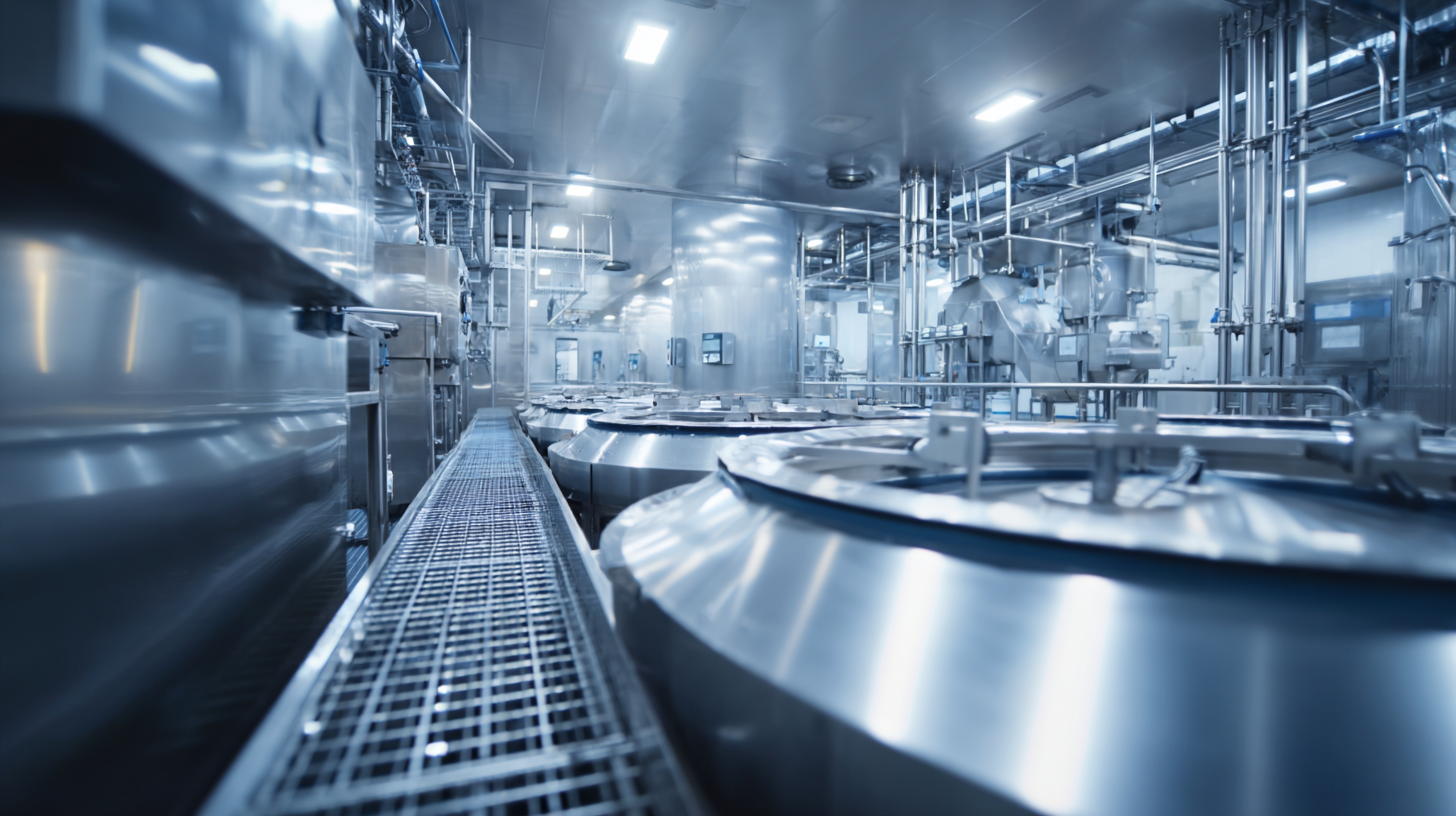
Training Staff for Optimal Equipment Usage
Training staff for optimal equipment usage is essential in maximizing the efficiency of food processing operations. First and foremost, comprehensive training programs should be implemented to educate employees on the specific functions and capabilities of the equipment they will be using. This includes hands-on demonstrations, detailed manuals, and ongoing refresher courses. By ensuring that staff have a thorough understanding of the machinery, the risk of errors and accidents can be significantly reduced, leading to smoother operations and increased productivity.
Additionally, fostering a culture of continuous improvement is key. Encouraging staff to provide feedback on equipment performance and potential issues can lead to timely repairs and adjustments, optimizing the processing workflow. Regular workshops that emphasize best practices not only enhance skills but also motivate staff to take ownership of their roles. Ultimately, well-trained employees who are confident in operating equipment will contribute to a more efficient and effective food processing environment, driving overall business success.
Related Posts
-
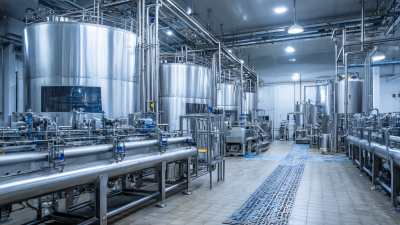
Mastering Best Food Processing Plant Equipment for Efficient Production Workflow
-
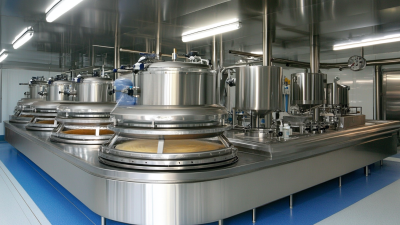
Leading Global Manufacturers in Industrial Food Processing Equipment Exporting Excellence
-
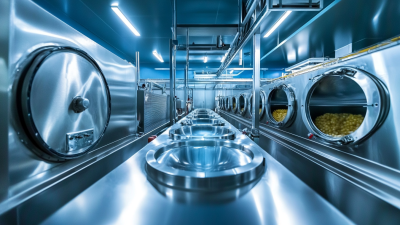
How to Identify Top Suppliers for Best Food Processing Industry Equipment Globally
-
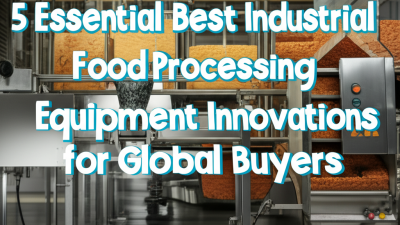
5 Essential Best Industrial Food Processing Equipment Innovations for Global Buyers
-
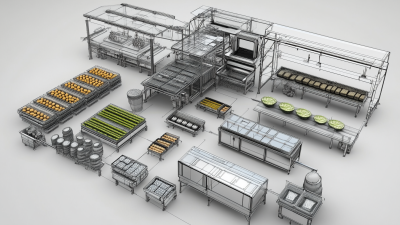
Comprehensive Blueprint for Selecting Food Processing Equipment
-
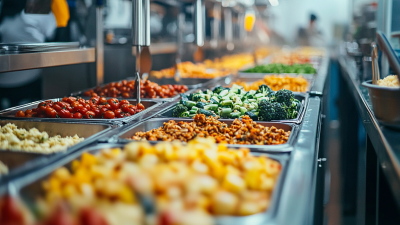
10 Facts Influencing the Growth of Food Processing Industry Equipment in 2023



